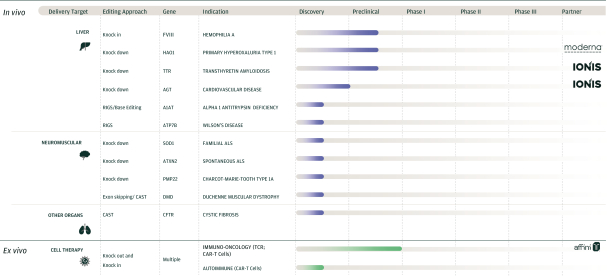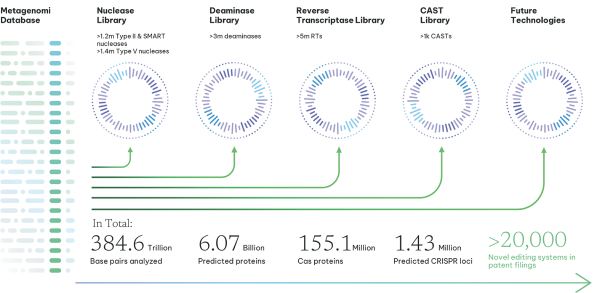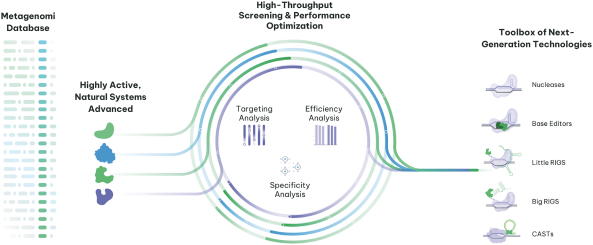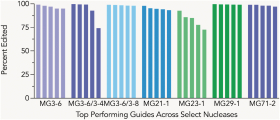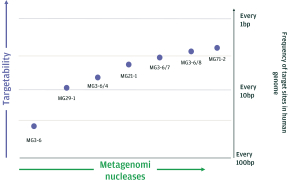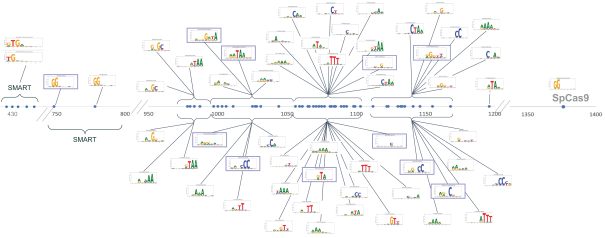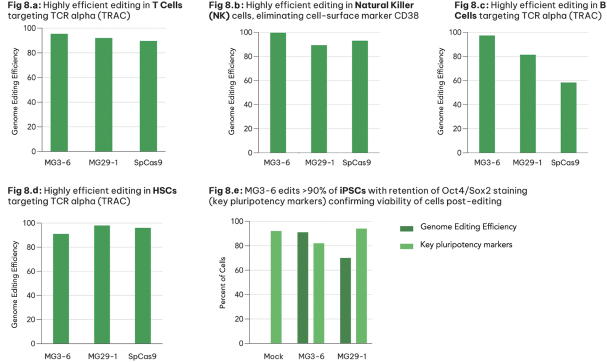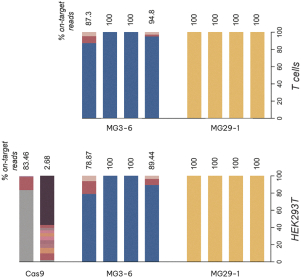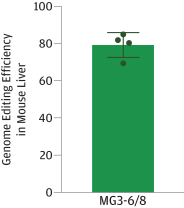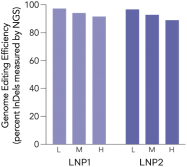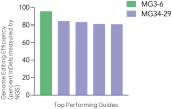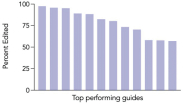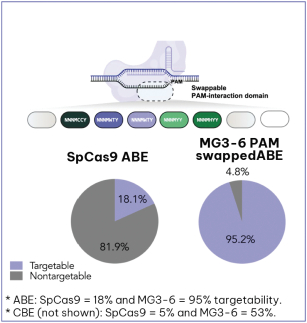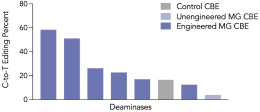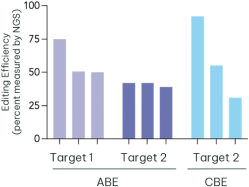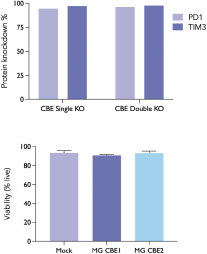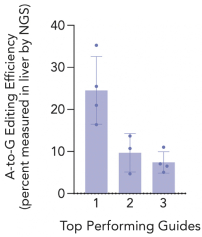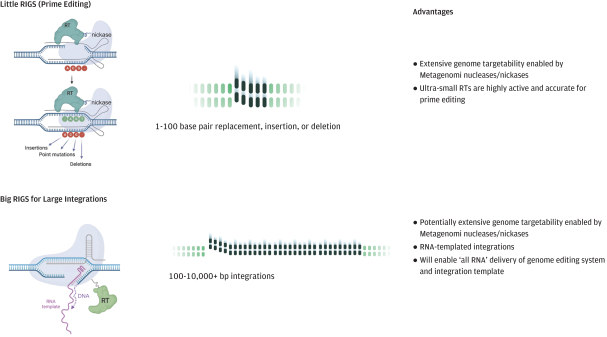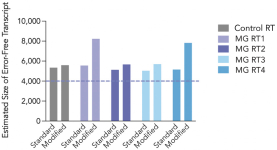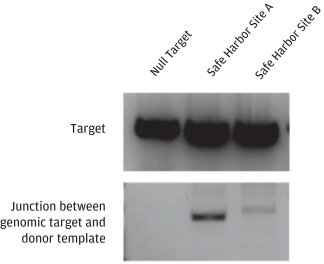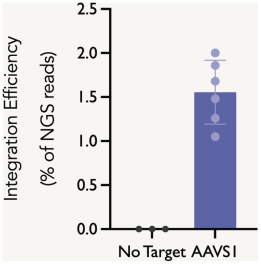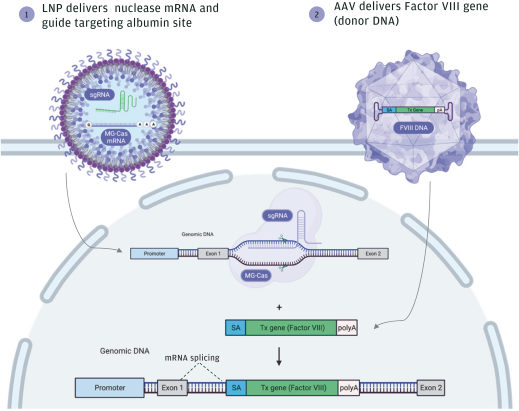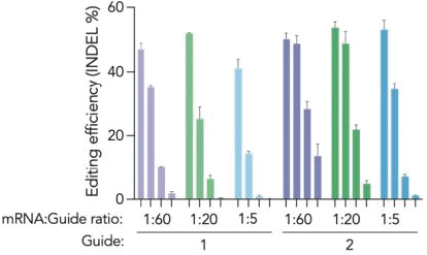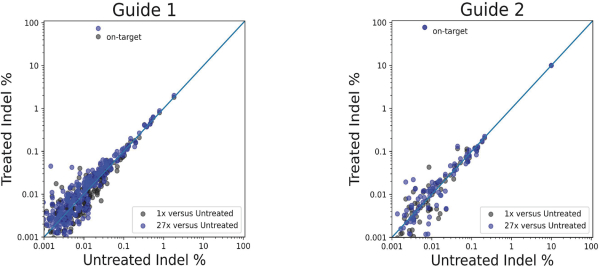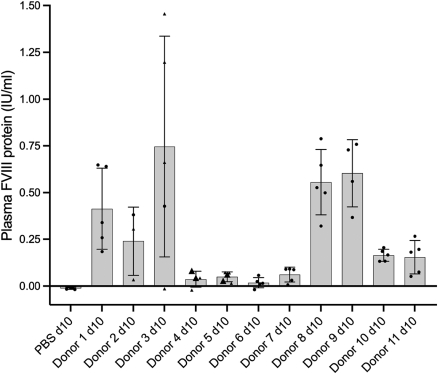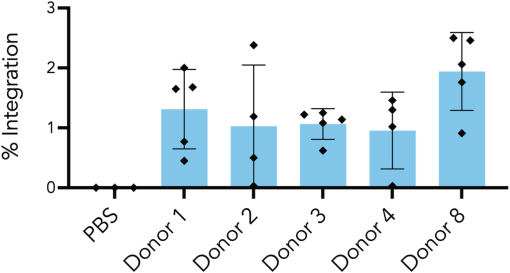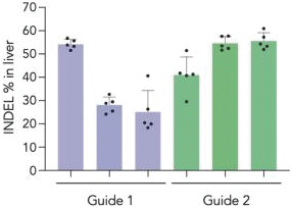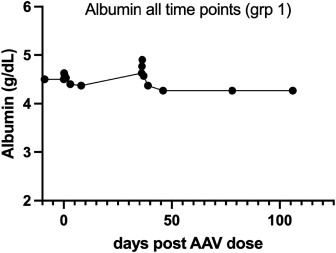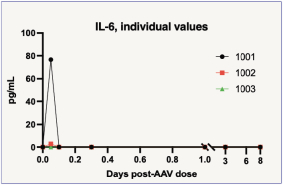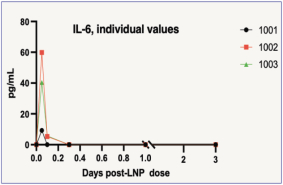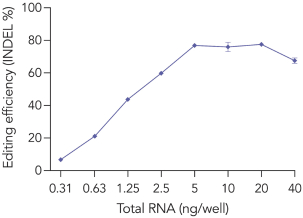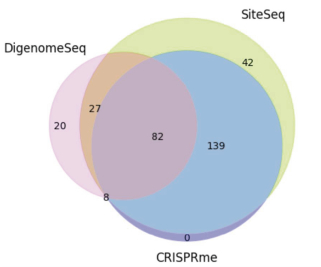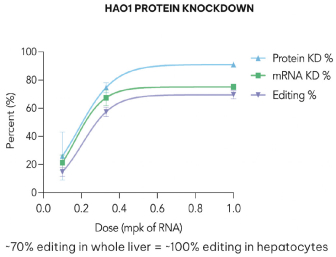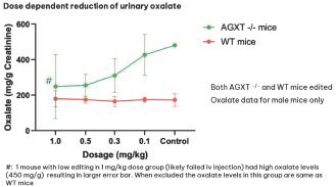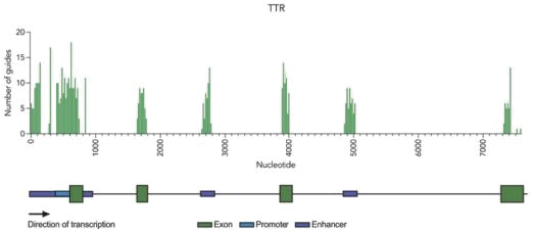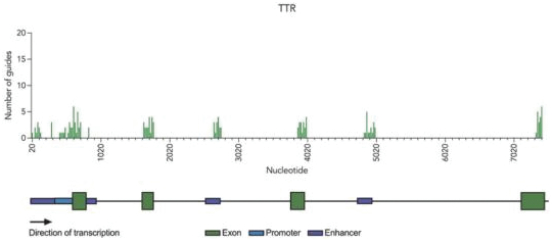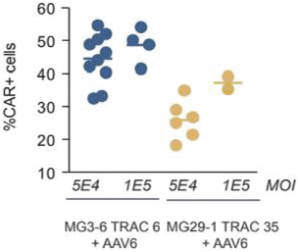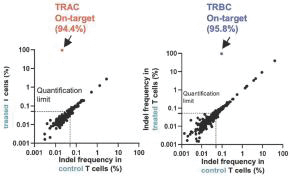and other organizations. We can be held liable for the corrupt or other illegal activities of our employees, agents, contractors, and other collaborators, even if we do not explicitly authorize or have actual knowledge of such activities. Any violations of the laws and regulations described above may result in substantial civil and criminal fines and penalties, imprisonment, the loss of export or import privileges, debarment, tax reassessments, breach of contract and fraud litigation, reputational harm, and other consequences.
If we or any contract manufacturers and suppliers we engage fail to comply with environmental, health, and safety laws and regulations, we could become subject to fines or penalties or incur costs that could have a material adverse effect on the success of our business.
We and any contract manufacturers and suppliers we engage are subject to numerous federal, state, and local environmental, health, and safety laws, regulations, and permitting requirements, including those governing laboratory procedures; the generation, handling, use, storage, treatment, and disposal of hazardous and regulated materials and wastes; the emission and discharge of hazardous materials into the ground, air, and water; and employee health and safety. Our operations involve the use of hazardous and flammable materials, including chemicals and biological materials. Our operations also produce hazardous waste. We generally contract with third parties for the disposal of these materials and wastes. We cannot eliminate the risk of contamination or injury from these materials. In the event of contamination or injury resulting from our use of hazardous materials, we could be held liable for any resulting damages, and any liability could exceed our resources. Under certain environmental laws, we could be held responsible for costs relating to any contamination at our current or past facilities and at third-party facilities. We also could incur significant costs associated with civil or criminal fines and penalties.
Compliance with applicable environmental laws and regulations may be expensive, and current or future environmental laws and regulations may impair our research and product development efforts. In addition, we cannot entirely eliminate the risk of accidental injury or contamination from these materials or wastes. Although we maintain workers’ compensation insurance to cover us for costs and expenses we may incur due to injuries to our employees resulting from the use of hazardous materials, this insurance may not provide adequate coverage against potential liabilities. We carry pollution insurance to protect against possible biological or hazardous waste accidents. However, in the event of contamination or injury, we could be held liable for damages or be penalized with fines in an amount exceeding our resources, and our clinical trials or regulatory approvals could be suspended, which could have a material adverse effect on our business, financial condition, results of operations, and prospects.
In addition, we may incur substantial costs in order to comply with current or future environmental, health, and safety laws, regulations, and permitting requirements. These current or future laws, regulations, and permitting requirements may impair our research, development, or production efforts. Failure to comply with these laws, regulations, and permitting requirements also may result in substantial fines, penalties, or other sanctions or business disruption, which could have a material adverse effect on our business, financial condition, results of operations, and prospects.
Any third-party contract manufacturers and suppliers we engage will also be subject to these and other environmental, health, and safety laws and regulations. Liabilities they incur pursuant to these laws and regulations could result in significant costs or an interruption in operations, which could have a material adverse effect on our business, financial condition, results of operations, and prospects.
Our employees, principal investigators, consultants and commercial partners may engage in misconduct or other improper activities, including non-compliance with regulatory standards and requirements and insider trading.
We are exposed to the risk of fraud or other misconduct by our employees, consultants and commercial partners, and, if we commence clinical trials, our principal investigators. Misconduct by these parties could
49


